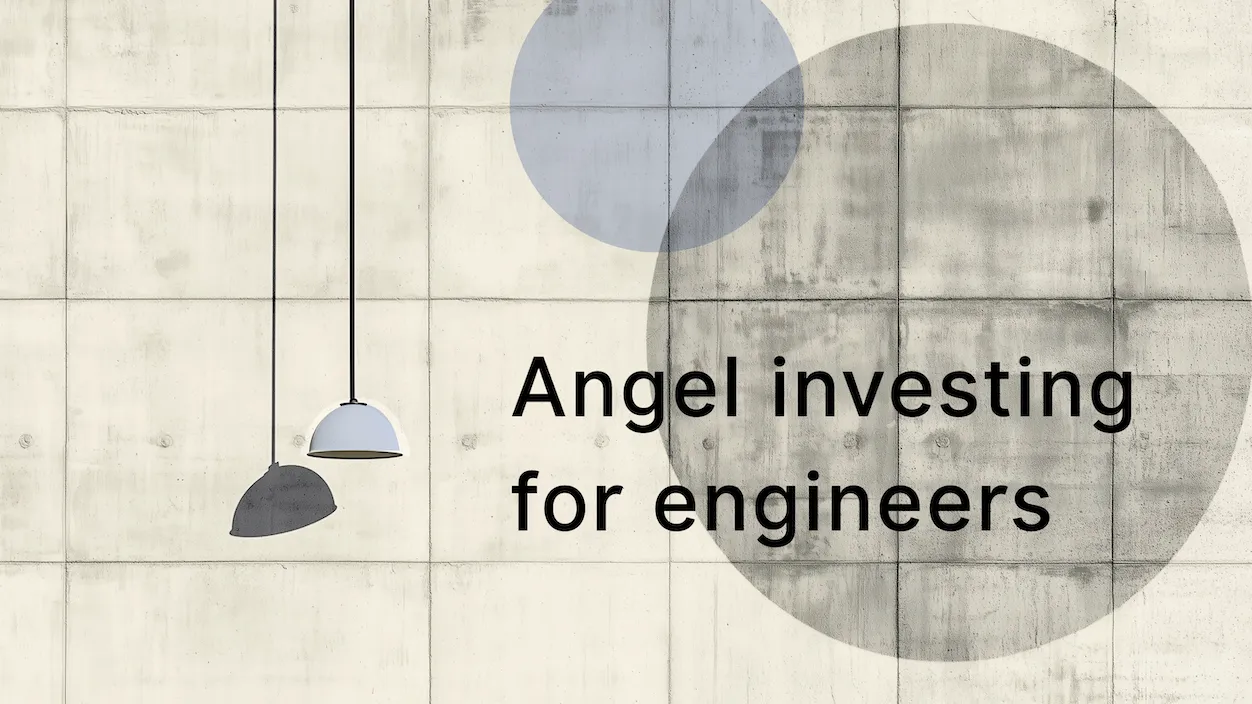
Far too often, salespeople lead their interactions with customers from a very seller/product-focused mindset, raving about the bells and whistles of their product features without thinking about their relevance to the customer. In delivering a product or solution meant to solve your customers' problems, you have to understand their problems first.
To ensure this happens with your sales process, adopt a sales qualification framework like MEDDIC (explained below), which can help your team hone in on your ideal customer profile (ICP), focus on what matters in a deal cycle, and, most importantly, lead from a place of curiosity. That curiosity and structure can lead to progressively more thoughtful questions that show empathy and insight and help salespeople qualify and disqualify sales opportunities to move the right deals forward in a meaningful way.
This guide is based on SignalFire’s Sales Mastery Series session on leveraging MEDDIC as a sales qualification framework, facilitated by SignalFire’s Head of GTM Development Kelechi Nwadibia, featuring expertise from guest speakers Ian Gilbert, CEO at Revelate, and Google Sector Leader and Sales Coach Mark Marinacci.
Key takeaways include:
- Customer-centric approach: salespeople should focus on understanding the customer's needs and problems, adopting a framework like MEDDIC to align with the ICP.
- Curiosity and structure: MEDDIC encourages curiosity, leading to thoughtful questions that qualify and disqualify opportunities effectively.
- Leveraging MEDDIC: Metrics, Economic buyer, Decision criteria, Decision process, Identify pain, and Champion play a vital role in successful sales processes.
- Learning from lost deals: analyze lost deals to gain valuable insights to refine sales strategies for future opportunities.
- Effective discovery questions: use insightful questions to reveal customer needs, build trust, and understand the buying process, positioning solutions effectively.
MEDDIC was born out of a detailed analysis done in the mid-90s at PTC (formerly Parametric Technology Corporation) to understand the key components of why business deals were won, lost, and slipped. The learnings were codified, and the acronym MEDDIC was born:
- Metrics: the KPIs that measure pain, success, and the value you provide your customer
- Economic buyer: who in your customer’s org has the ultimate purchase authority
- Decision criteria: what your customer is basing their decision on
- Decision process: your customer’s internal decision process
- Identify pain and implications: what pain points you’re solving for and how serious they are
- Champion: the people that support your solution internally and help move the deal forward
A successful sales process with the MEDDIC framework will have demonstrated your salesperson’s ability to leverage the aforementioned list at varying stages of the sales cycle.
Deals can slip or be lost for various reasons, but likely a gap in one or a few of the aforementioned areas of MEDDIC can be the cause. For example, was the downside impact of the identified pain painful enough? Was there a naysayer who was part of the decision process that overruled the champion? As a sales team, the insights from studying lost deals can be just as valuable as the revenue from a won deal.
 |
Guide deals with the right questions
Within the sales process, knowing your product in and out and how it’s designed to solve the challenges you’ve identified provides a unique advantage for you—something you always have in your back pocket. Early on, prospects may want to rush into seeing a demo, thinking they already know more than they do. You may feel inclined to acquiesce, jumping right into the product or pridefully listing features they missed. However, it’s important to remember that whoever is asking the bulk of the questions is driving the conversation. You’re also there to learn and solve a problem. Without knowing about your prospect's problem, talking about product features wastes time without getting you closer to a sale. Without mentioning your product, the questions you ask can subtly reveal insights to your buyer that indicate you can solve their needs and pain points.
Following are discovery questions within the MEDDIC framework to consider the next time you engage with a sales prospect.
Discovery questions to reveal needs for inbound/outbound leads
- What prompted you to reach out? (Inbound) (Identify pain)
- This can reveal their challenge or gap in how they address it. This answer may be superficial, which is an area to probe in another way.
- Tell me about your current process for [challenge]. (Inbound/outbound) (Identify pain)
- How is that working/not working for you?
- Where are the most significant gaps within that? / Have you noticed any areas where things could be improved?
- If you made those improvements, how would those improvements impact your day-to-day/business?
- How much time/money has this cost? (Inbound/outbound)
- (Metrics)/(Implication of pain)
- Gently push here to quantify the pain.
- What’s different now that has you considering changing your process? (Inbound) (Identify pain)/(Implication of pain)
- What would you need to see to make a change in your process? (Decision criteria)
- What approaches are you considering to solve this? (Decision criteria)
- If you could solve this, how would [significant KPI] for the business improve six months or a year from now? How would things improve for you, personally? (Inbound/outbound) (Metrics)/(Decision criteria)
As you can see, different questions highlight different areas of the MEDDIC framework. As these questions are asked and answered, follow-up questions will naturally arise, allowing for a more conversational discussion. It shouldn’t feel like an interrogation but more like a consultation with a professional. You’re working together to reach better business outcomes.
Questions for revealing urgency / building deeper trust
- Tell me about your goals (and any key metrics) personally? For the team? For the organization? (Metrics)/(Decision criteria)
- How did you arrive at these goals?
- When do these goals need to be achieved? (Decision process)
- Have you identified any roadblocks? What are they? (Decision process)
- What happens if the goals aren’t achieved? (Implication of pain)
- What happens if you do nothing and keep things operating as is?
- What other solutions have you looked at to address this?
- What did you like or dislike about those?
- What do your decision criteria look like?
- Where does this fall on your current list of priorities? (Decision process)
With the knowledge of your product, these questions should reveal opportunities for you to position the value of your solution as the sales cycle progresses. You can tailor your messaging to use cases, how pain can be relieved, and how goals can be achieved.
The questions can also reveal just how important this initiative is for them.
Questions for understanding the buying process
This may occur later in the process, but it’s a critical step to avoid unnecessary hiccups.
(Champion)/(Decision process)/(Economic buyer)
- Aside from yourself, who else would need to be involved in the process?
- Can you bring them into our next meeting so we all align?
- If you’re not speaking with the final decision-maker, their ability and willingness to bring in other critical stakeholders shows seriousness and their role as your champion.
- Can you bring them into our next meeting so we all align?
- What has the buying process been for other solutions? (Are they aware of the buying process?)
- Procurement? Legal? Etc.
- Can we start the procurement process alongside the trial/proof of value if there's a specific procurement process?
- What can you foresee as a roadblock in moving forward with us?
- What concerns, if any, do you have that I can help clear up?
- What does success look like to you in this process?
- Once we’ve achieved that, would there be any hesitation in moving forward?
These questions are not meant to be a script but a guide and framework for your next sales interaction. It’s a way to keep the focus on the customer and their needs, not your own.
Ultimately, before every call, you should have a baseline understanding of who the individual you’re speaking with is, their business, and maybe any recent news/trends to make for a more impactful business discussion. With these questions in mind, combined with the MEDDIC methodology, if you can simultaneously disqualify low-probability prospects while building trust with those more likely to buy, every sales interaction becomes worth your time and an opportunity to be positioned as a trusted consultative partner and boost your sales.
*Portfolio company founders listed above have not received any compensation for this feedback and may or may not have invested in a SignalFire fund. These founders may or may not serve as Affiliate Advisors, Retained Advisors, or consultants to provide their expertise on a formal or ad hoc basis. They are not employed by SignalFire and do not provide investment advisory services to clients on behalf of SignalFire. Please refer to our disclosures page for additional disclosures.
Related posts

Angel investing 101 for engineers


